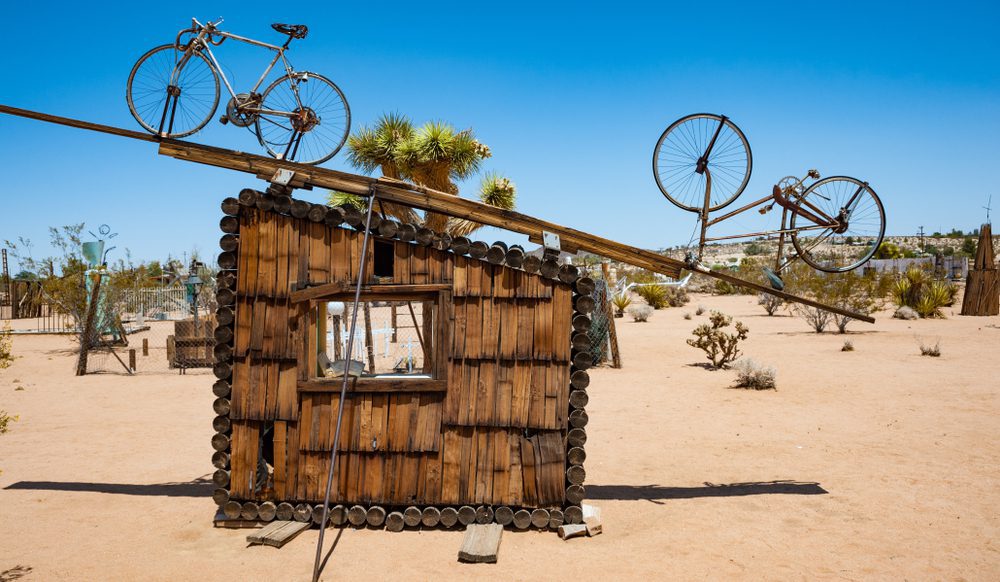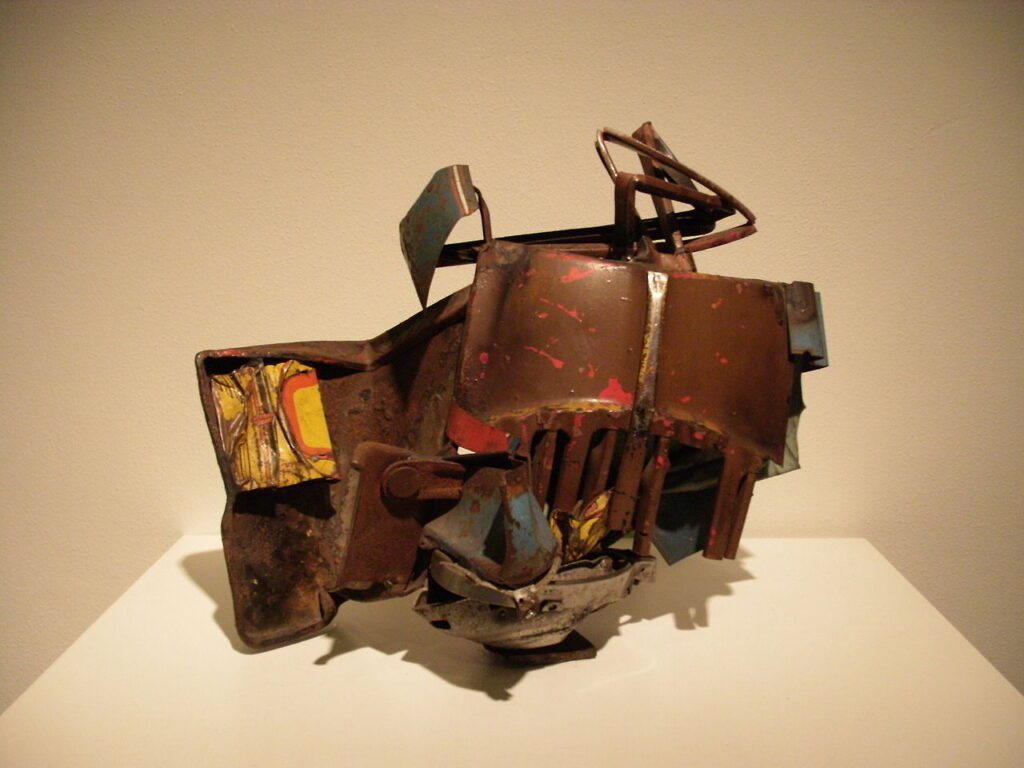Art is a layered thing. There are no set rules to play by, no intrinsic qualities it needs to possess. If an artist wants to use a rope as a frame, they can. In fact, Pablo Picasso did just that with his work “Still Life with Chair Caning.” That particular piece also featured an oilcloth printed with an imitation chair caning design. The use of outside symbolism while still being able to identify the elements used is called assemblage, and it might be the most explicit example of the “art without rules” movement.

Background
First coined by Jean Dubuffet in the 1950s, assemblage refers to how everyday objects are infused into art. It applies to both planar and three-dimensional creations. This means an installation using various items qualifies as assemblage just as much as a photograph of the same installation does. A good way of thinking of it would be a photo collage. Each photograph has a story behind it, but when assembled into the collage, they create a new message and form.
Many cultures create art that utilizes a range of materials. However, assemblage is used predominately for an artistic and intellectual movement from the early 20th century. Cubists like Picasso and Georges Braque and Futurists like Umberto Boccioni and Filippo Tommaso Marinetti were at the forefront of the movement with their collages and sculptures. It was explored further during the Dada and surrealist art movements.
As the art form was explored, so was the definition of art pushed. Marcel Duchamp is famous for his “found objects,” which are just common items with an inscription. If he were to include a desk lamp in an exhibition, that lamp would now be considered art. Similarly, his “ready-made art” were simply common objects that Duchamp wrote his name on. The most famous example is “Fountain,” which was widely debated in the art world:
Evolution
Artists most famous for their use of assemblage include Wolfgang Paalen, Betye Saar, Louise Nevelson, and Joseph Cornell. In 1961, an exhibit on assemblage was featured at the MoMA. Artists featured included the aforementioned Picasso and Duchamp, alongside artists from both coasts of the United States. The curator of the exhibit, William C Seitz, defined the art form as “being made up of preformed natural or manufactured materials, objects, or fragments not intended as art materials” to Doubleday magazine.
Art forms similar to assemblage include décollage and mixed media. Mixed media is self-explanatory- multiple visual mediums used to create a single piece. This is not to be confused with multimedia projects, which combine visual and non-visual elements. Décollage is essentially the inverse of collage: instead of building an image out of other pictures, you create a design through cutting or tearing away parts. It comes from the French term meaning “take off” or “to become unstuck.”
If you’d like to try your hand at assemblage, try searching local thrift stores. You’ll frequently find items that are aged and serve no remaining practical use for cheap. Then, mesh them together to create a new object or display. For a true “found object” feel, you could always check out junkyards or even go dumpster diving. (NOTE: we do not officially promote dumpster diving, because while the practice itself is not illegal, trespassing is.)

Art, much like beauty, is in the eye of the beholder. Slapping your name on a rusty bucket may qualify as art to some, while others will find it lazy. Assemblage is about the inspiration behind the piece. Why do you think this rusty bucket is art? What moved you to have us look at in that way? When you move from the art itself to the meaning behind it, you get a new appreciation for assemblage…and may begin to look at everything around you as a piece of art. Not a bad way to live, is it?
Follow our World of Creation where “what if” becomes “what is.”







